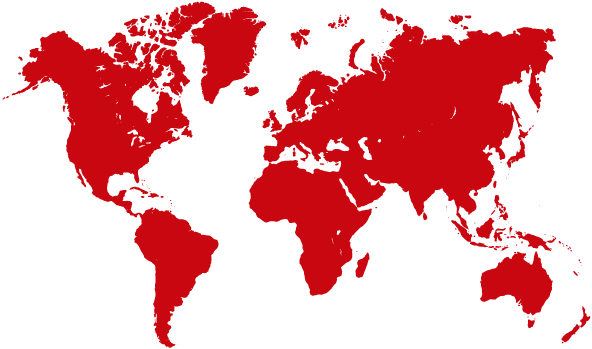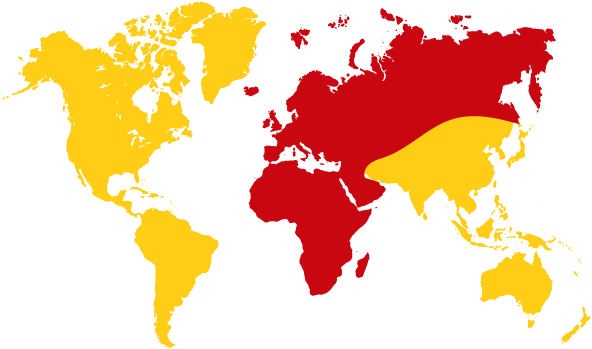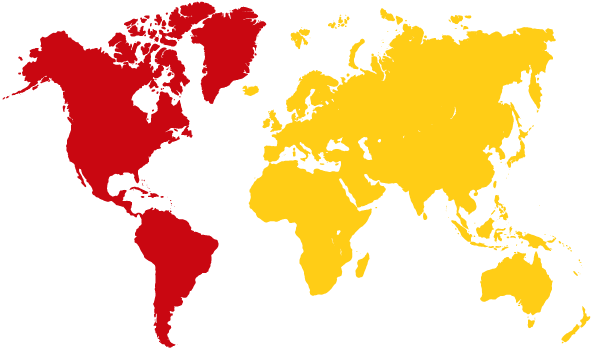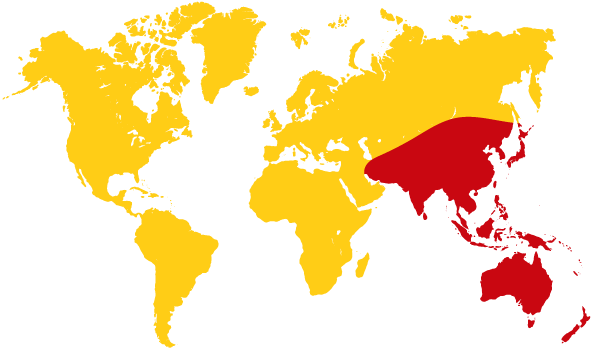30 June 2017
For immediate release
IARU Aligns Satellite Coordination Guidelines with ITU WRC-15 Decisions
As the global federation of national associations of radio amateurs in more than 150 countries, the International Amateur Radio Union (IARU) for many years has provided frequency coordination services for amateur satellites free of charge. Often these satellites are constructed by students at universities and other institutions as a part of their educational experience. In general, they have been licensed to operate in the amateur-satellite service, which is defined by the Radio Regulations of the International Telecommunication Union (ITU) as having the “…purpose of self-training, intercommunication and technical investigations carried out by amateurs, that is, by duly authorized persons interested in radio technique solely with a personal aim and without pecuniary interest.”
Some administrations have issued experimental licenses for such satellites operating in amateur-satellite frequency bands. The IARU has coordinated these satellites as well, to reduce the possibility of harmful interference that might result from uncoordinated operation. Since 1 July 2014 it has not been possible to coordinate experimental satellites in the 144–146 MHz band because of the high probability of harmful interference in this heavily used band.
Educational satellite projects have grown in popularity as launch opportunities have increased. In 2012 the ITU World Radiocommunication Conference took note of the proliferation of what in Resolution 757 (WRC-12) it called “nanosatellites and picosatellites” and invited WRC-18 (now scheduled for 2019) to consider steps to facilitate their deployment and operation. Two Reports, ITU‑R SA.2312 (09/2014) and ITU‑R SA.2348 (05/2015), are instructive regarding the characteristics, definitions, spectrum requirements, and notification procedures of and for such satellites, which generally must use spectrum below 1 GHz for operational reasons.
At the following WRC in 2015, in place of Resolution 757 the Member States of the ITU adopted Resolution 659 (WRC-15) in which it was noted that the use of 144–146 MHz and 435–438 MHz by non-amateur satellites is not in accordance with the definition of the amateur-satellite service in the Radio Regulations. Resolution 659 cites the two reports mentioned above and makes it clear that the spectrum needs of what are now called “non-geostationary satellites with short duration missions” should be met either within the service in which the space station is operating or within the space operation service. Further, if new or upgraded allocations to the space operation service are required, studies should be limited to the frequency ranges 150.05–174 MHz and 400.15–420 MHz.
Accordingly, effective 1 August 2017 the IARU will be following revised guidelines for satellite frequency coordination.
The strong preference is for all satellites using spectrum allocated to the amateur and amateur-satellite services to operate under amateur licenses and within the definition of the amateur-satellite service and the service-specific Article 25 of the Radio Regulations. The IARU believes the definition is sufficiently broad to encompass nearly all educational satellite projects that include giving students hands-on experience with radiocommunication and are conducted under an amateur license.
The IARU will only coordinate a non-amateur satellite if an administration directs in writing that it be operated in an amateur-satellite band under an experimental or other non-amateur license.
Satellites with combined amateur and non-amateur missions will continue to be coordinated.



